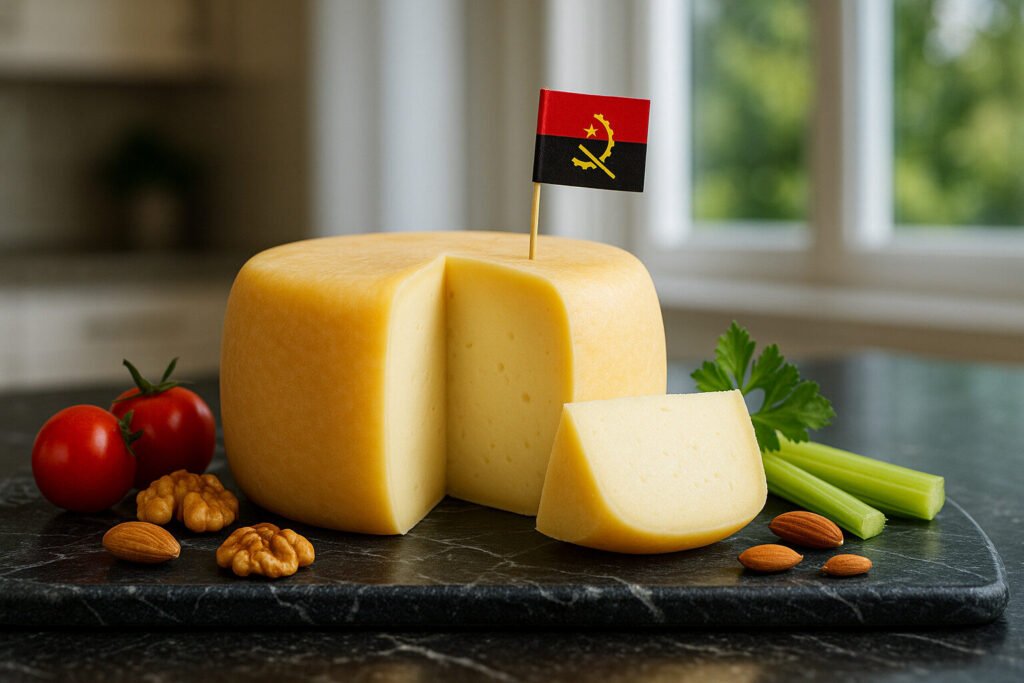Grilled Cheese Pairing
Grilled Cheese Definition and Scope
Grilled cheese pairing involves selecting complementary ingredients to enhance a melted cheese sandwich. This culinary practice extends beyond basic bread and cheese combinations. It systematically matches cheeses with breads, spreads, and accompaniments based on their properties.
The scope covers cheese meltability, fat content, and flavor intensity as key selection criteria. Pairing principles address how cheese characteristics interact with other components during grilling. This technique applies to both classic American cheese sandwiches and gourmet artisanal variations.
Production Techniques
Proper grilled cheese construction begins with cheese selection based on melting properties. Semi-soft cheeses like Gruyère and Fontina provide optimal melt and stretch. Hard cheeses often require blending with softer varieties to prevent oil separation.
Bread selection considers structural integrity and flavor absorption capacity. Cooking methods include pan-frying, griddle cooking, and specialized sandwich presses. Temperature control ensures even melting without burning the exterior.
Sensory Profile
Grilled cheese offers a complex sensory experience combining textures and flavors. The ideal specimen features crispy, golden-brown bread contrasting with molten cheese interior. Auditory elements include the distinctive crunch during initial biting.
Flavor profiles range from buttery and salty to complex umami notes in aged cheeses. Aromas develop through Maillard reactions between bread proteins and heating fats. Balanced pairings prevent any single element from dominating the overall perception.
Culinary Applications
Grilled cheese serves as both standalone comfort food and gourmet culinary canvas. Classic preparations emphasize simplicity with white bread and processed cheese. Contemporary applications incorporate artisanal breads, multiple cheese blends, and specialty additions.
Advanced pairings might include fruit preserves, caramelized onions, or cured meats. The format adapts to various meal occasions from quick lunches to sophisticated appetizers. Proper pairings consider how additional ingredients affect melting behavior and structural integrity.
Regional Variations
American diner-style grilled cheese typically features sliced white bread and American cheese. French croque-monsieur incorporates Gruyère cheese with ham and béchamel sauce. Italian variations might use focaccia bread with provolone and sun-dried tomatoes.
British cheese toasties often include mature cheddar with Branston pickle. Scandinavian versions employ Jarlsberg or Gouda with dark rye bread. Each regional style reflects local cheese preferences and traditional bread varieties.

